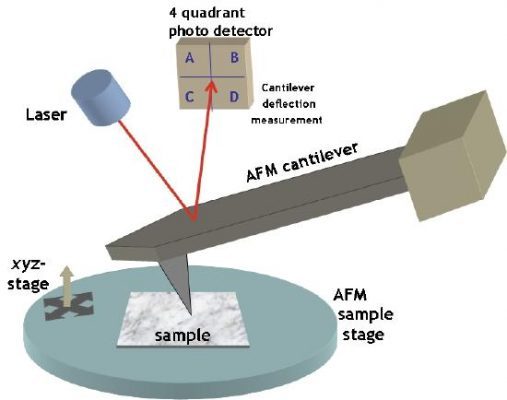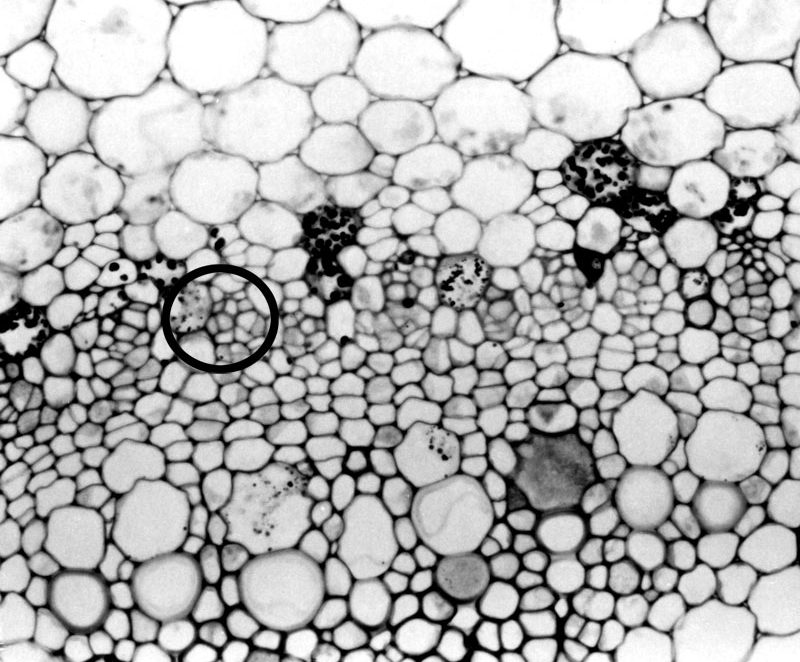
Click here to see other posts about SEM
Only 10 $ per sample for interpreting of your SEM/TEM/AFM micrograph
Payment Upon Completion
Send your micrographs...
The Scanning Electron Microscope (SEM) produces images by probing the specimen with a focused electron beam that is scanned across a rectangular area of the specimen (raster scanning).
(more…)
Read more



